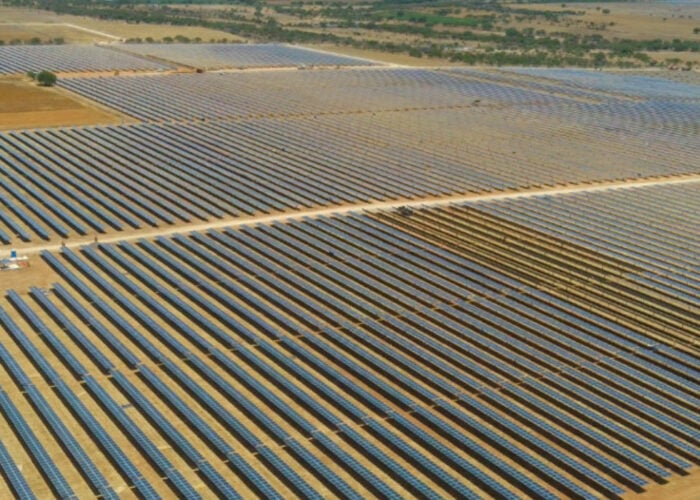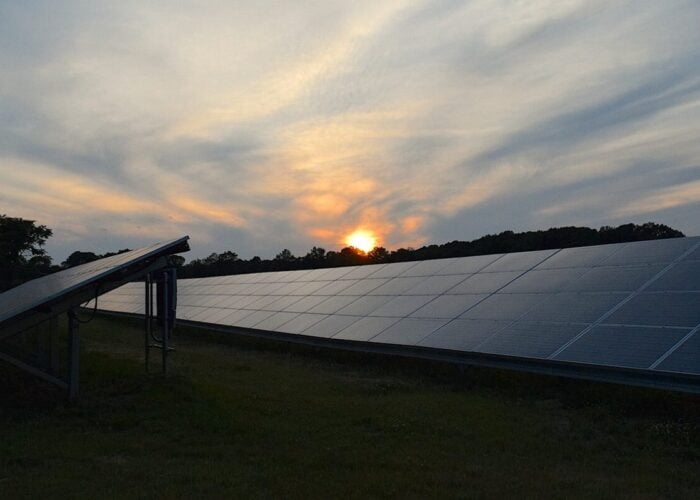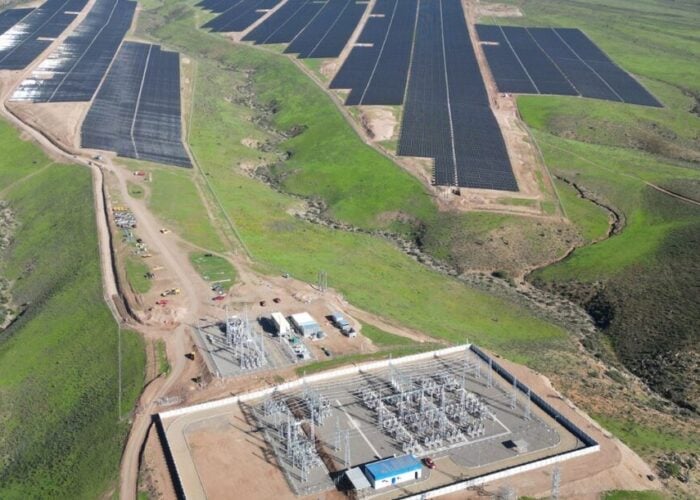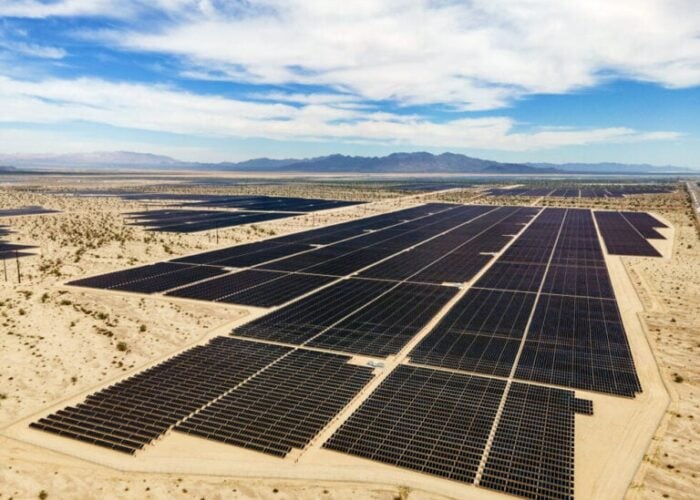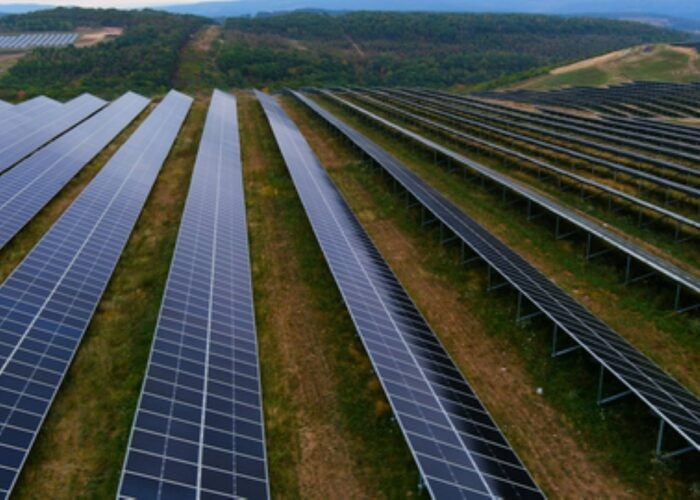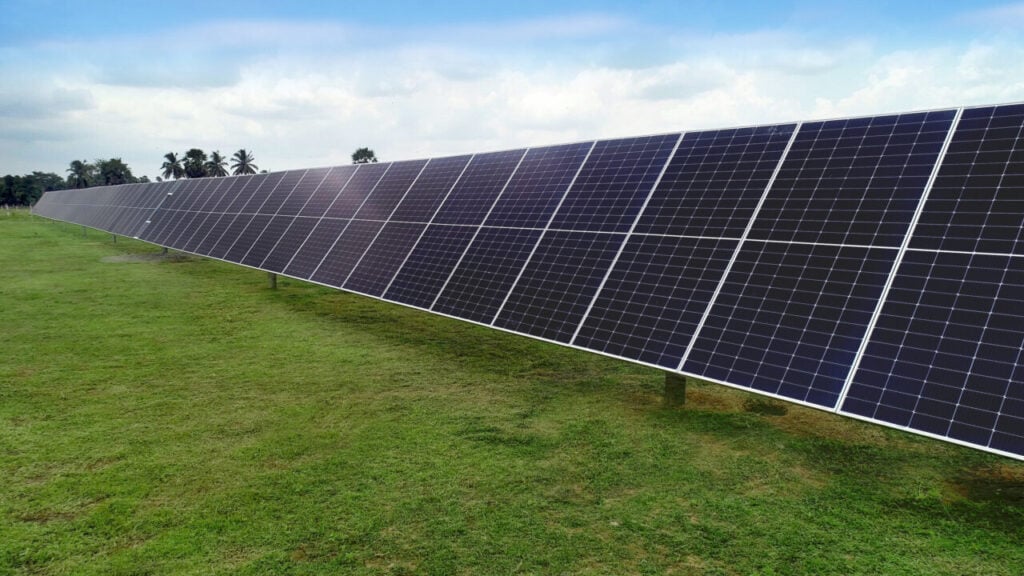
US tracker manufacturer FTC Solar has posted US$19.9 million in revenue in the second quarter of 2025, up year-on-year for the second quarter in a row.
The stabilisation of the company’s revenue is a positive development, with FTC Solar having generated US$40.7 million in revenue in the first half of the year. This is more than the US$47.3 million generated in revenue throughout the entirety of 2024.
Try Premium for just $1
- Full premium access for the first month at only $1
- Converts to an annual rate after 30 days unless cancelled
- Cancel anytime during the trial period
Premium Benefits
- Expert industry analysis and interviews
- Digital access to PV Tech Power journal
- Exclusive event discounts
Or get the full Premium subscription right away
Or continue reading this article for free
The company has also cut its operating expenses consistently this year, reducing expenses by over US$3 million in the first quarter of the year, compared to the first quarter of 2024, and a further US$2 million in the second quarter of the year, compared to the same quarter of 2024. The turnaround in the company’s revenue is shown in the graph below.
At the board level, FTC Solar also announced that Dean Priddy, chair of the board’s audit committee, has retired, to be replaced by “board observer” Tony Alvarez, who will assume the title of “independent director” and take on leadership of the audit committee. Alvarez co-founded global restructuring firm Alvarez & Marsal.
“As we approach my one-year anniversary with FTC Solar, I believe we are in a much stronger position than just a year ago, with the company making great strides in enhancing its product, market and financial position,” said FTC president and CEO Yann Brandt.
Brandt also announced that FTC Solar will launch an “extra-long tracker” designed for use with 2,000V systems. While these larger-voltage systems are not yet in widespread use in the solar industry, the size of project and component voltage has only increased over time, and industry experts told this quarter’s issue of PV Tech Power that 2,000V is the next logical step in the continued technical development of the PV industry.
Working with new US policy
Looking ahead to the third quarter, FTC Solar expects to see between US$2.4 million in losses and US$0.6 million in profits; should the company turn a gross profit in the third quarter of 2025, it will be the first profitable quarter for the company since the fourth quarter of 2023, when it recorded a profit of US$1.1 million.
The company’s recent forecasts have been largely accurate – its second quarter revenue, profits, margin and EBITDA all fell within a range forecasted in the first quarter of this year – so there is every chance the company will return to profitability by the end of this year.
Already this year, FTC Solar has unveiled a new tracking system, that can deliver east-west slope tolerance of 17.5% for two-row linked trackers, and secured a US$75 million financing package with a number of investors, including Cleanhill Partners, which the company will be able to use “as may be needed in the future”.
While much of the US solar sector has expressed growing concern to outright fear about what president’s Trump’s shortening of many of the timelines of federal support for renewable energy projects in the US could mean for the solar industry, FTC Solar has expressed some optimism. The company has launched a “safe harbour strategy” for US investors, noting that both the company’s tracker components and US-based workforce meet eligibility criteria for domestic content under the new legislation.
“Overall, while regulatory uncertainty has slowed some customer project planning in recent months, the company continues to make great strides in enhancing its product, market and financial positioning, and remains increasingly well-positioned to support our customers and their growth,” added Brandt.
This relative optimism echoes that expressed by fellow US company First Solar; last week, the cadmium telluride (CdTe) manufacturer said that the Trump administration’s emphasis on sourcing domestically-produced modules and components “places First Solar in a greater position of strength” than under the prior administration.
However, with much of the solar supply chain – particularly upstream components such as wafers and ingots – dominated by Chinese manufacturers, it remains to be seen how comprehensive a US-based solar supply chain could be.

